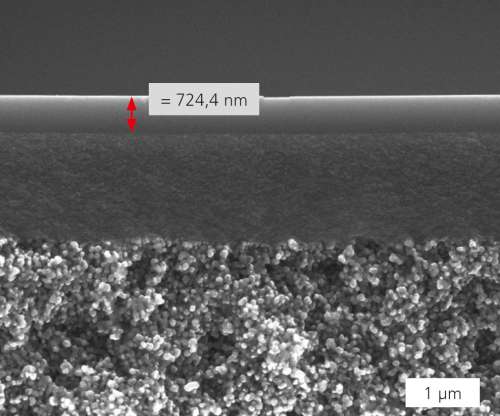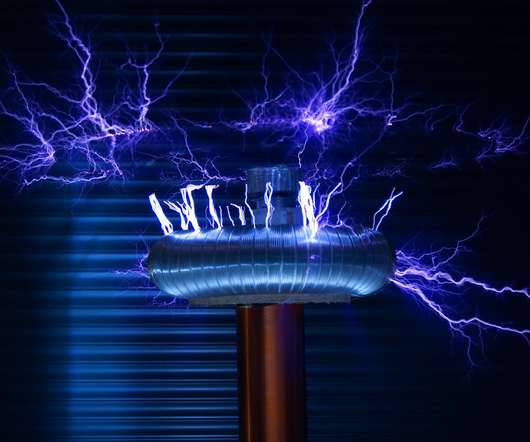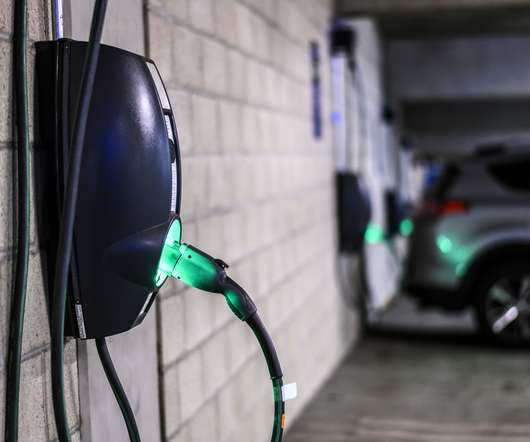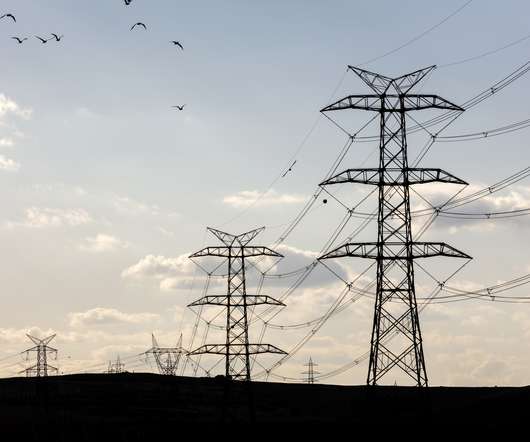New Fraunhofer membrane technology enables co-transport of hydrogen and natural gas
Green Car Congress
APRIL 3, 2021
Researchers at the Fraunhofer-Gesellschaft have developed a membrane technology for the energy-efficient and economic separation of hydrogen from natural gas. This technology makes it possible for the two substances to be routed through the national natural gas grid together and then isolated from one another at their final destination.




















Let's personalize your content